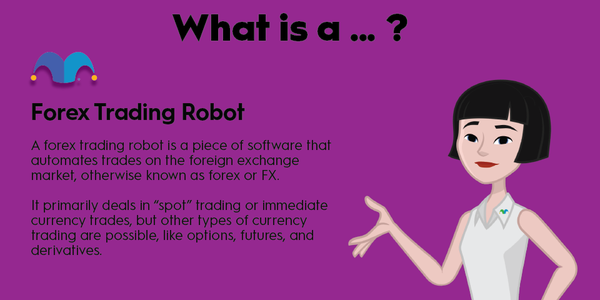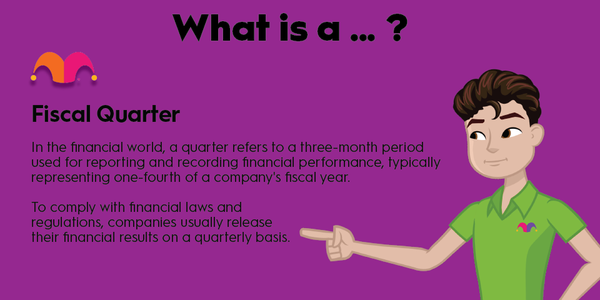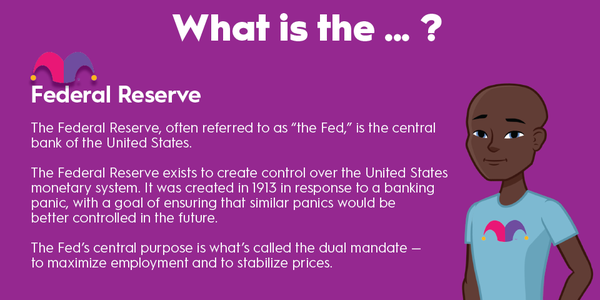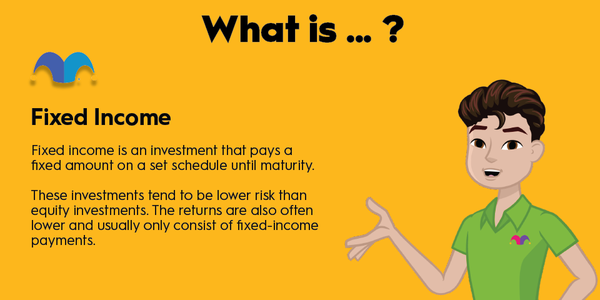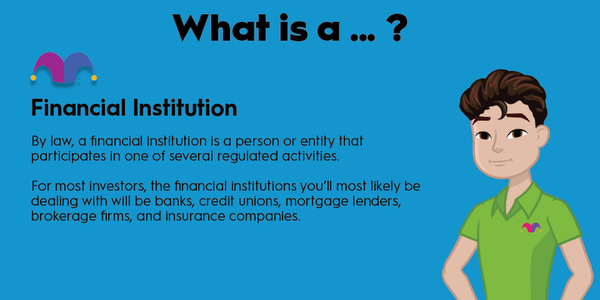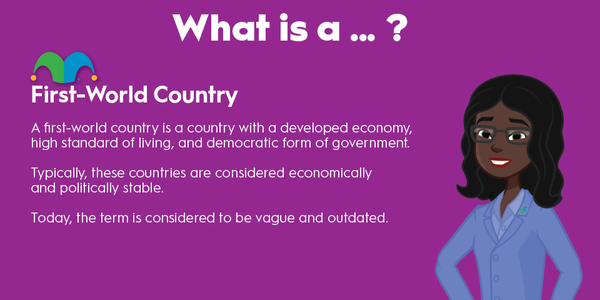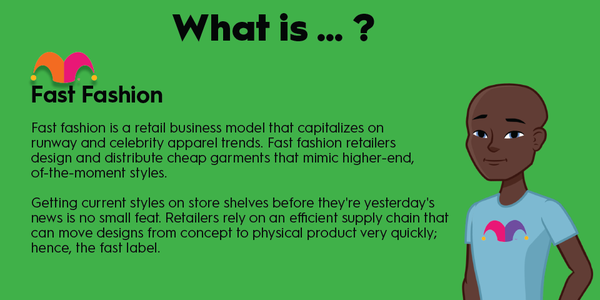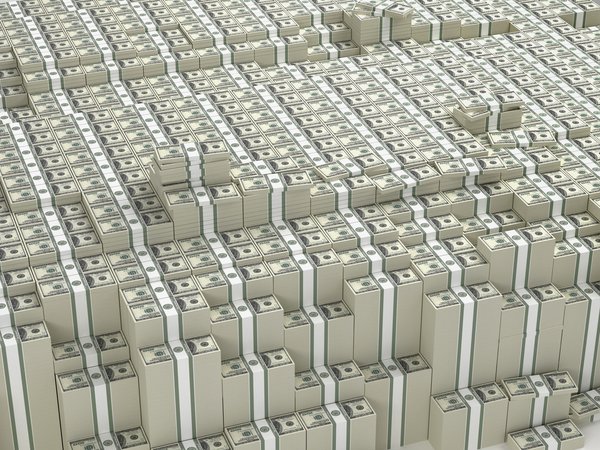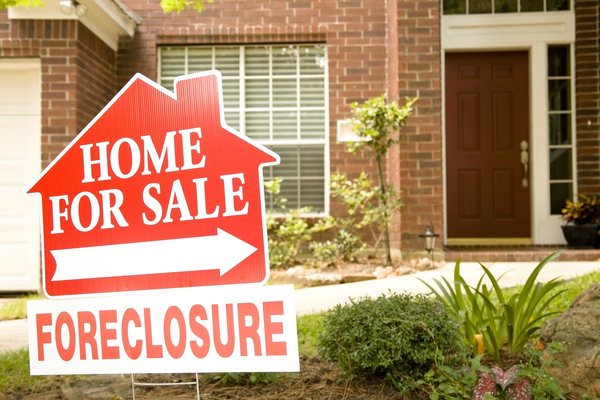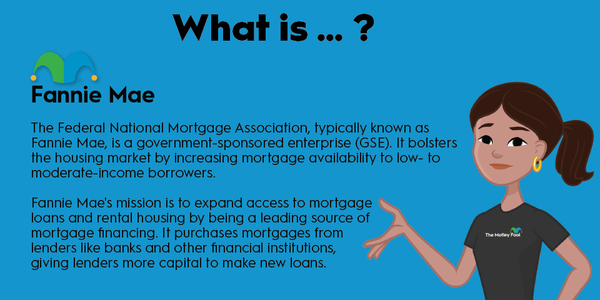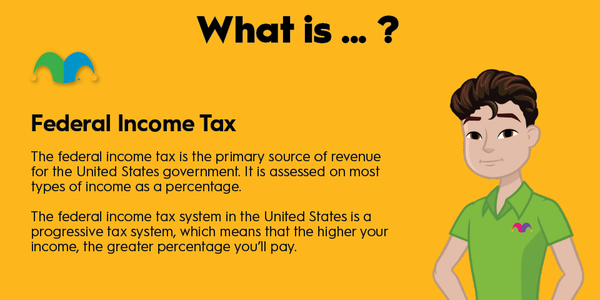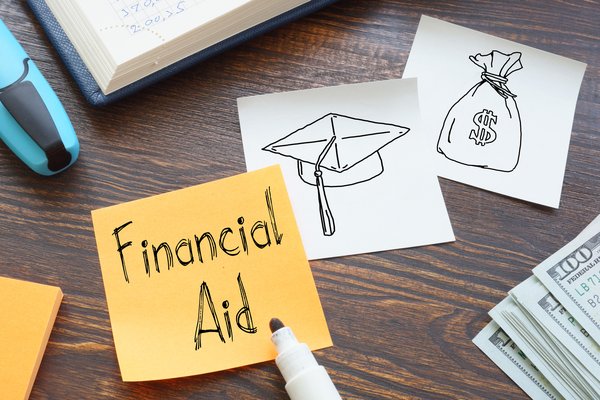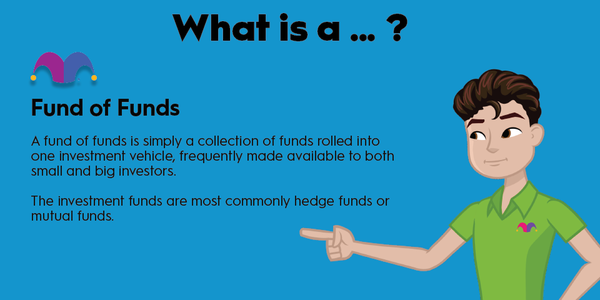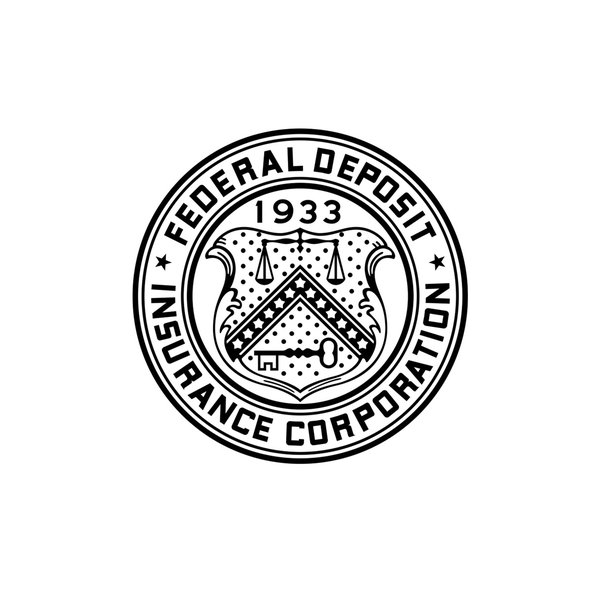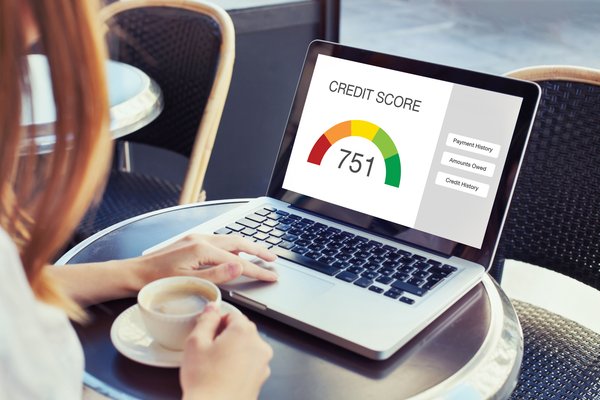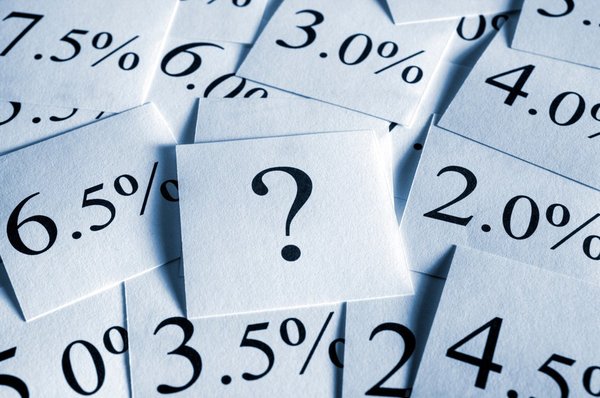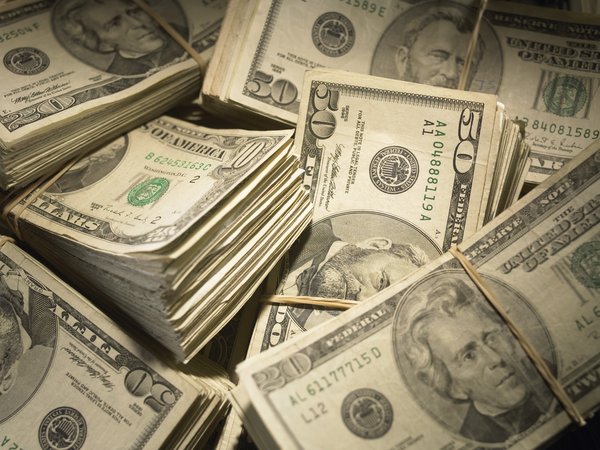Face value is a term that's important for investors to know. Though it's more commonly used for bonds, you may also hear it applied to stocks. Here's how it applies to your investments.
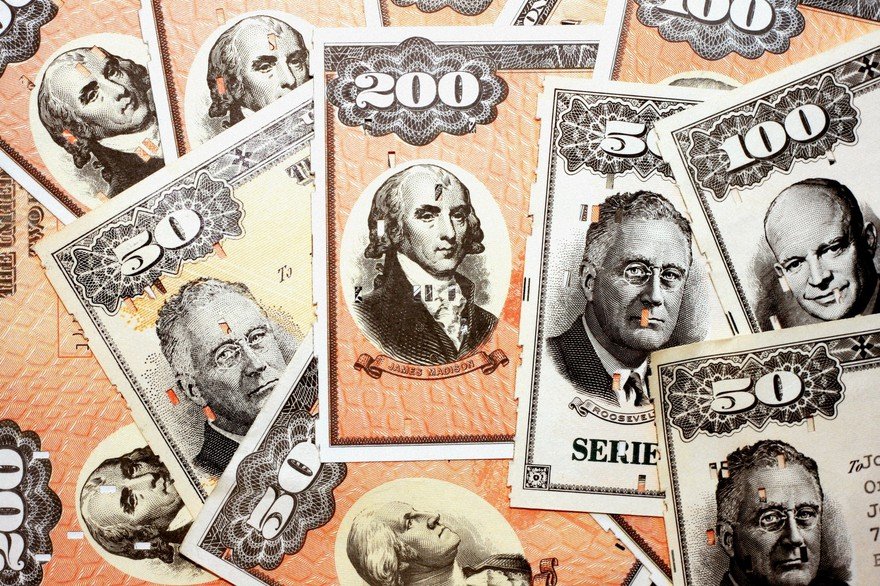
What is face value?
What is face value?
In stock investing, the face value is the original value of the stock, as listed on the certificate. This is a value that's assigned to the stock before it is first traded. It can be any amount, but it's often close to zero.
For a bond, the face value is the amount of money that you're owed when the bond comes to maturity. So, for example, you might buy a bond with a face value of $1,000 for $800, and when it matures in three years, you can cash it in for $1,000.
Face value vs. par value
Face value versus par value
In bonds, there's something called the par value, which is basically the same as the face value of the bond. When you buy a bond, the face value may be indicated in the company's public charter as the "par value." (There are also "no-par value" investments, often stocks, which do not entitle the holder to any kind of redemption value if the investment dries up.)
A par value denotes the amount you're owed as a holder of the security, even if you buy it from someone else who bought the initial bond offering. As long as you hold that bond, it's (theoretically) worth the par value at maturity.
Why face value matters
Why does face value matter to bond investors?
Face value is important when you're trying to choose an investment, as well as when you're considering selling it. In bond investing, the face value directly affects the amount of interest you receive, called the coupon rate. The coupon rate is a percentage of the face value that the bond pays each year. There are also bonds that don't pay a coupon rate, called zero-coupon bonds.
Because the coupon rate is calculated from the face value and not from what you paid for the bond, you can sometimes increase your yield by buying undervalued bonds on the secondary market. But before you can do that, you must know what the face value is so you can determine if the investment will return adequately.
Related investing topics
Example
Example of how face value affects market value
Face value can act as a starting point for the value of a bond on the secondary bond market. Investors will calculate their potential return off of the face value since that's what the coupon rate is paid from but rarely will they give full face value for a bond unless they expect to be able to resell it yet again for even more.
The face value, though, is a fairly guaranteed payout, so a potential buyer knows exactly how much they can expect to get back from that bond, even if they buy it from a third party. So, let's say that the face value of your bond is $1,000, and you want to sell it for what you paid for it, $800.
A buyer might be willing to take it at $800 since they know they're definitely going to return 20% on the bond, even if it's a zero-coupon bond. The time left to maturity will make a difference, though. A 20% return in a year is a great deal. But a 20% return after 10 years? Not so much.
As a result, you may be forced to sell at a much steeper discount to attract a buyer because of the face value and time left to maturity.
